P4P is a network dedicated to promoting peace in the Niger Delta. Join now and connect. It is only by linking hands that the vision of peaceable livelihoods in our communities will be realized. P4P provides a platform where people with different backgrounds and perspectives can come together, not to point fingers or take sides, but to understand and address the root causes of conflict and build peace.
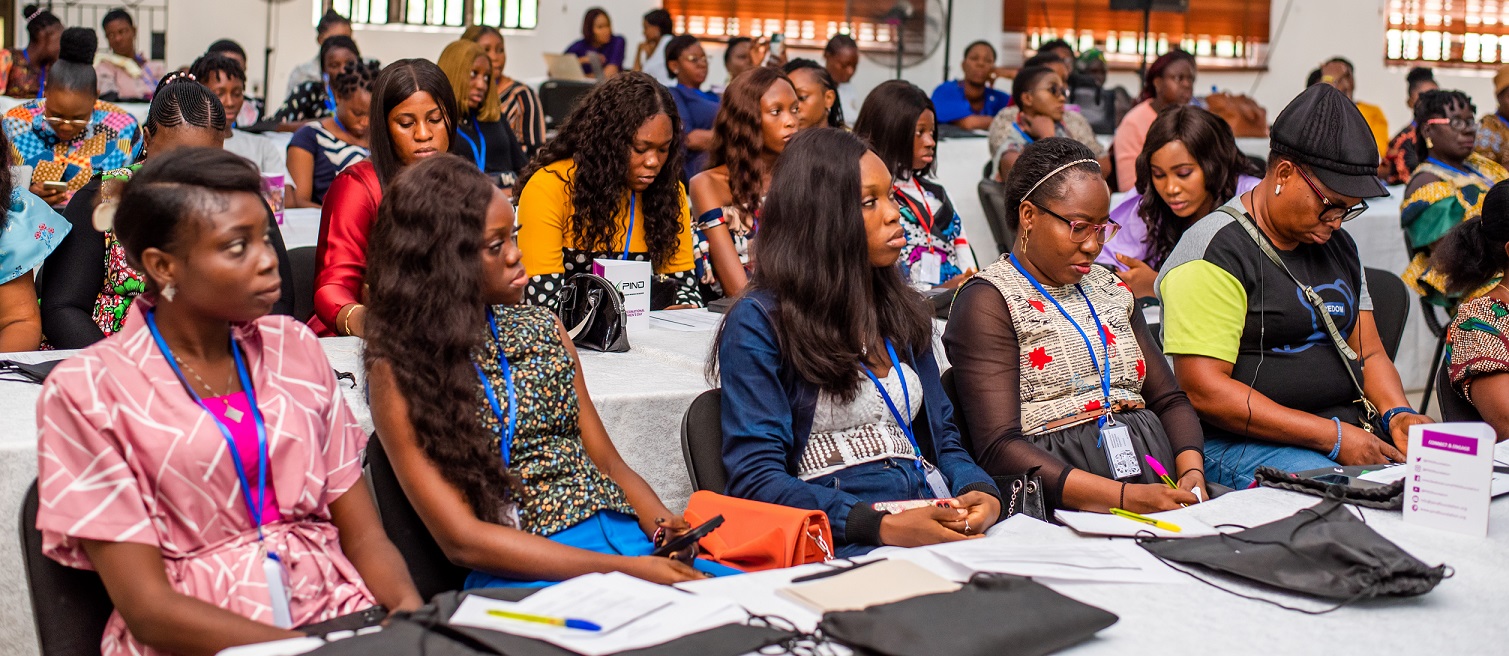
OUR GENDER INCLUSIVITY: ACTIVATING WOMEN FOR PEACEBUILDING.
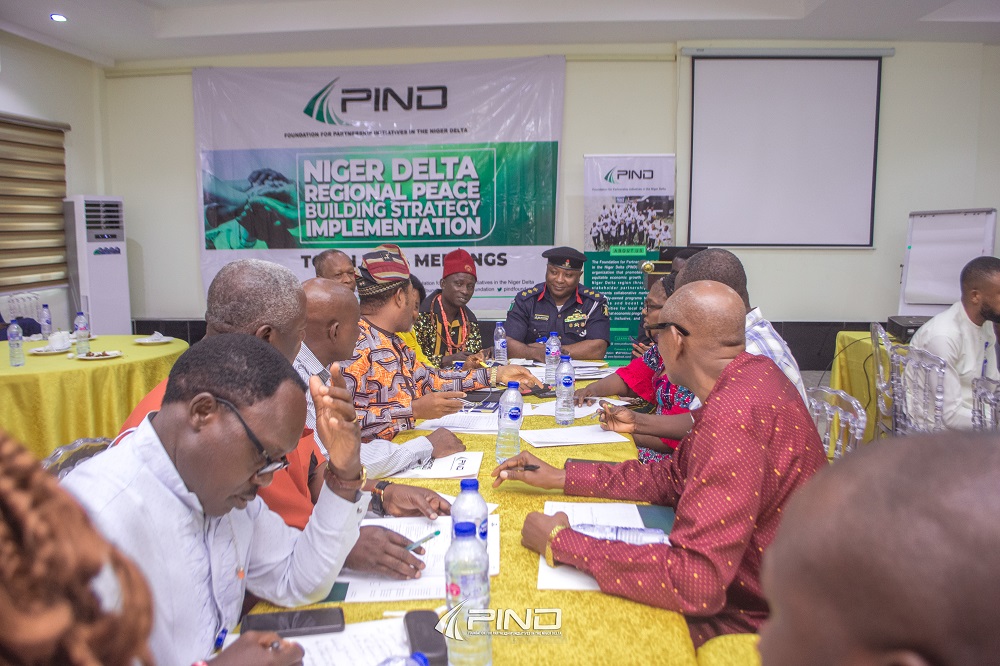
WE ARE COMMITTED TO INNOVATIVE PARTNERSHIPS FOR PEACEBUILDING AND SUSTAINABLE LIVELIHOODS .
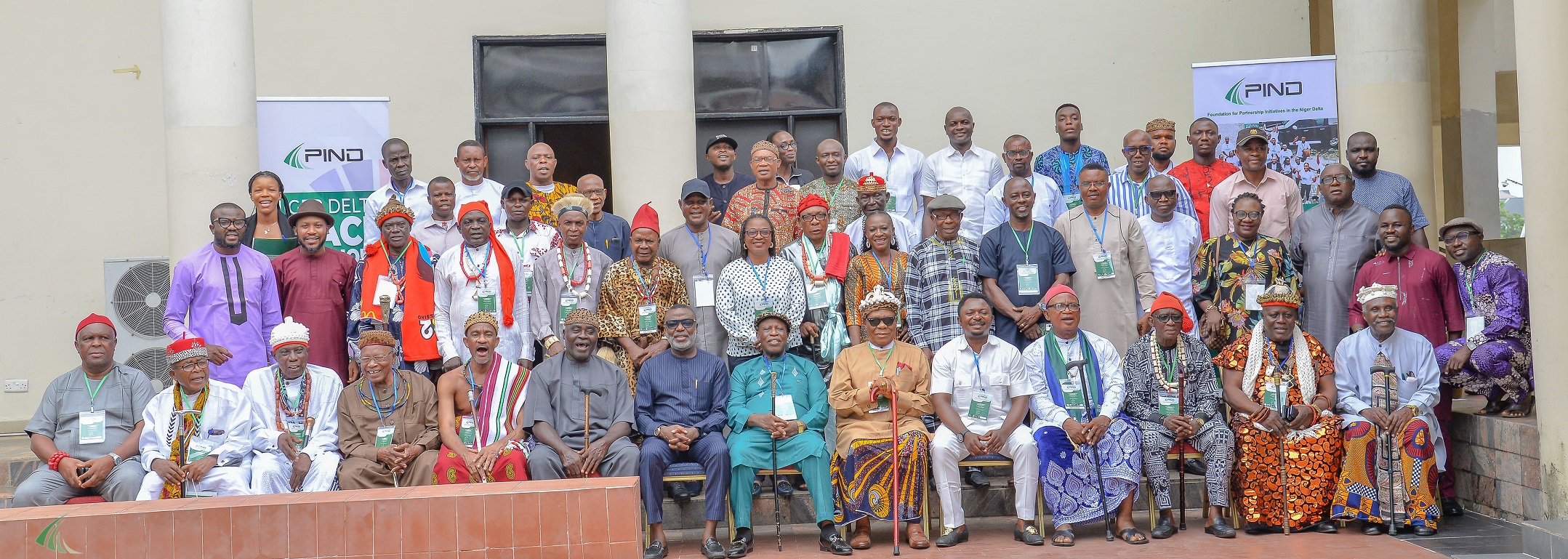
INTER-COMMUNAL CRISES ARE DIMINISHING THROUGH BETTER TARGET MITIGATION EFFORTS.

NIGER DELTA ANNUAL CONFLICT REPORT - 2022
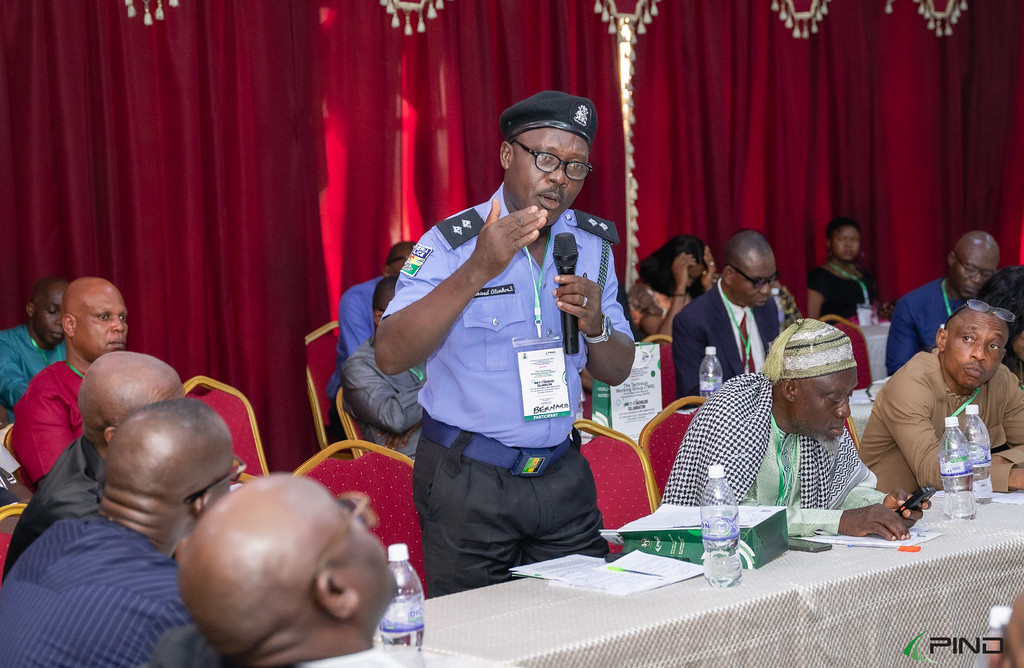
REPORT ANY VERIFIED INCIDENT OF CONFLICT TO THE IPDU SMS EARLY WARNING SYSTEM.
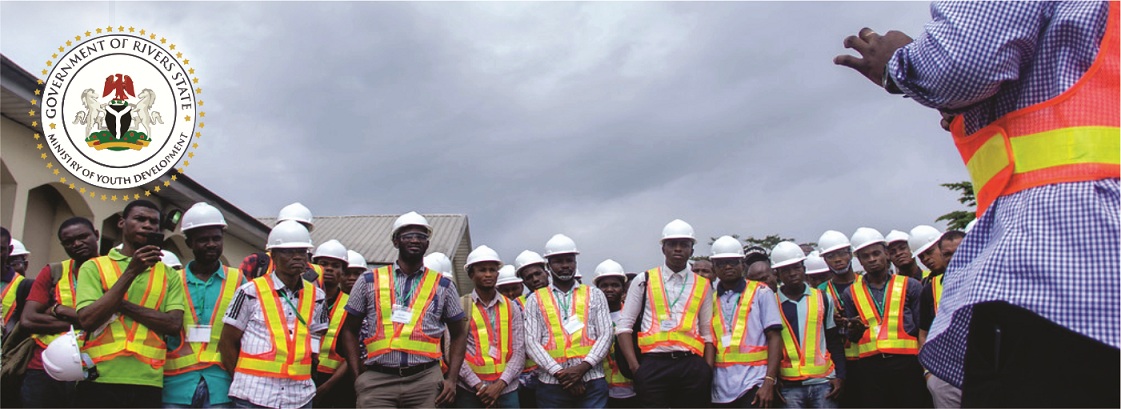
RIVERS STATE YOUTH POLICY, 2020-2024.
Niger Delta Weekly Update
CONFLICT TRACKER
Our tracker looks at the trends and patterns of conflict risk factors and incidents of violence, and the related pressures on peace and stability at the regional, state and local levels.
VIEW TRACKERS
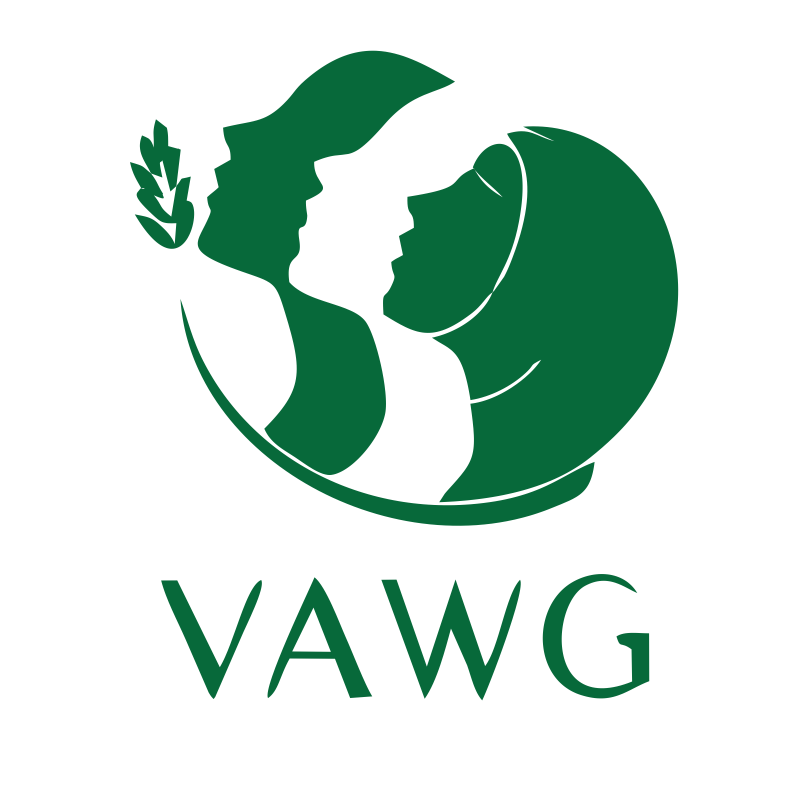
Gender Mainstreaming in the N'Delta
VAWG
Violence Affecting Women and Girls (VAWG) is a strategic focus area for PIND and the P4P Network; both as a cross-cutting issue, and as a critical priority in its own right.
LEARN MORE

P4P Peacebuilding Videos/Testimonials
SUCCESS STORIES
Through better target mitigation efforts we help to break the culture of silence around domestic violence and sexual abuse, as well as diminish inter-communal crises
VIEW STORIES
For more information on our conflict trackers
Please call or email; 08172401595, afeno@pindfoundation.org
To report a conflict incidence
Please text 080 9936 2222



